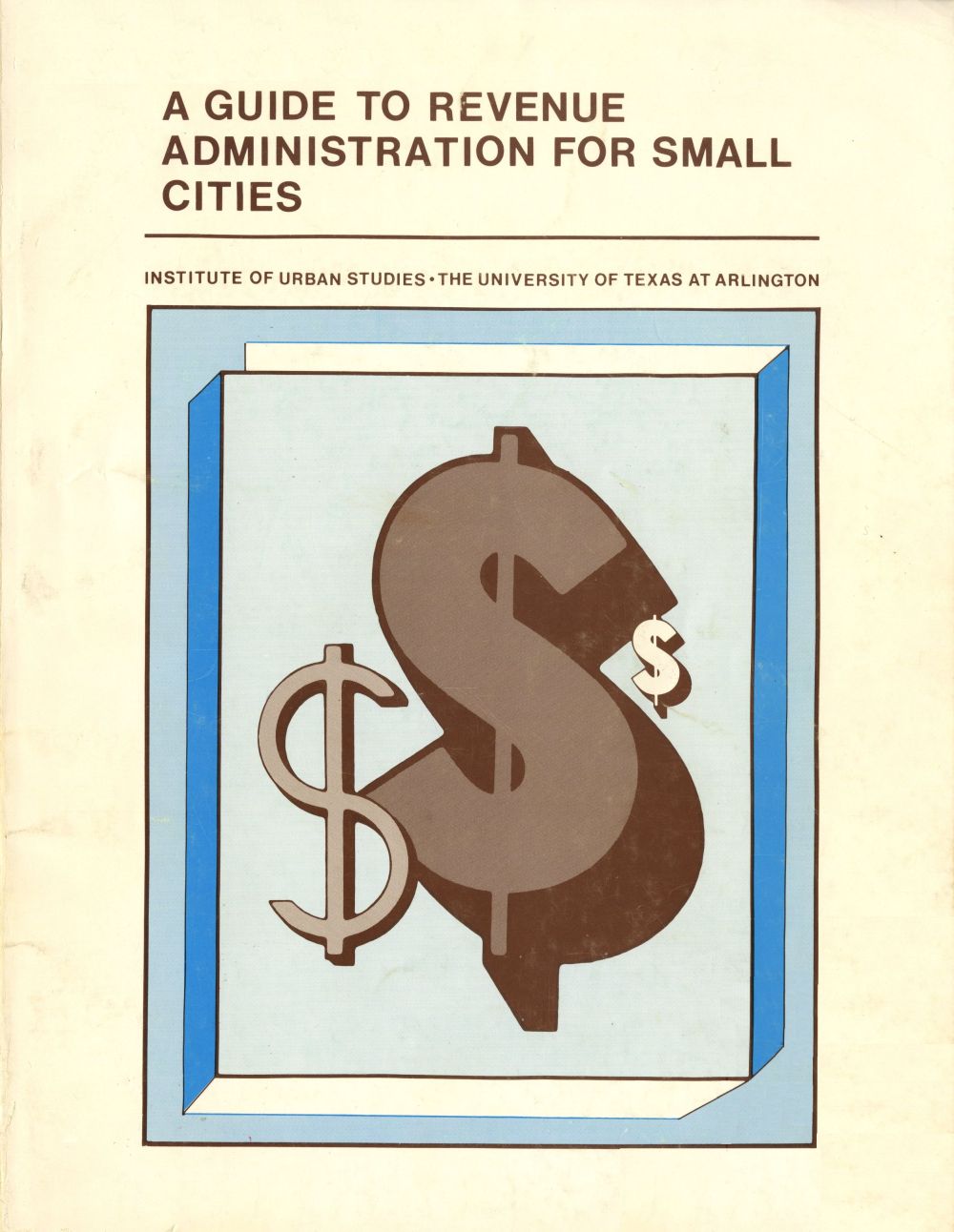
ATTENTION: The works hosted here are being migrated to a new repository that will consolidate resources, improve discoverability, and better show UTA's research impact on the global community. We will update authors as the migration progresses. Please see MavMatrix for more information.
Show simple item record
| dc.contributor.author | Institute of Urban Studies | |
| dc.contributor.author | Wilkes, Stanley E, Jr | |
| dc.contributor.author | Cecil, Kay W | |
| dc.contributor.editor | Tees, David W | |
| dc.date.accessioned | 2019-04-25T21:02:42Z | |
| dc.date.available | 2019-04-25T21:02:42Z | |
| dc.date.issued | 1981 | |
| dc.identifier.uri | http://hdl.handle.net/10106/28006 | |
| dc.description.abstract | Commencing with California's passage of Proposition 13, cities and towns throughout the nation have been compelled to re-examine their reliance on traditional revenue sources. Whether or not there has in fact been a universal "taxpayer revolt", the economic conditions of the past few years have caused both city officials and the public at large to seek relief from the increasing burden of the property tax.
Believing that an analysis of other municipal revenue sources, whether existing or potential, might benefit Texas cities and towns, the Institute of Urban Studies obtained a grant under Title I of the Higher Education Act which is the funding basis of this manual. The purposes of the project were to identify non-tax revenue sources and to produce a tool to assist small city administrators in developing those alternative sources of revenue suitable to their particular communities. | en_US |
| dc.language.iso | en_US | en_US |
| dc.publisher | University of Texas at Arlington | en_US |
| dc.subject | revenue administration | en_US |
| dc.title | A Guide to Revenue Administration for Small Cities | en_US |
| dc.type | Technical Report | en_US |
| dc.rights.license | UTA created | |
Files in this item
- Name:
- Guide to Revenue Administration ...
- Size:
- 11.64Mb
- Format:
- PDF
- Description:
- Guide to Revenue Administration ...
This item appears in the following Collection(s)
Show simple item record


